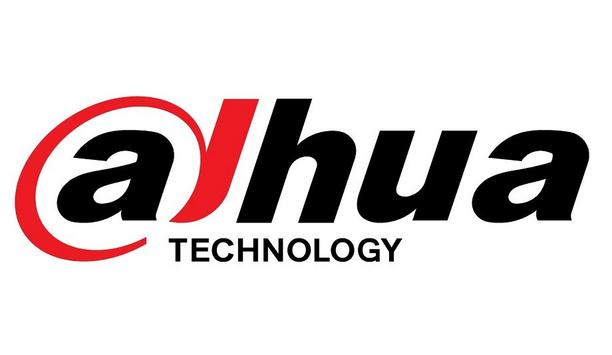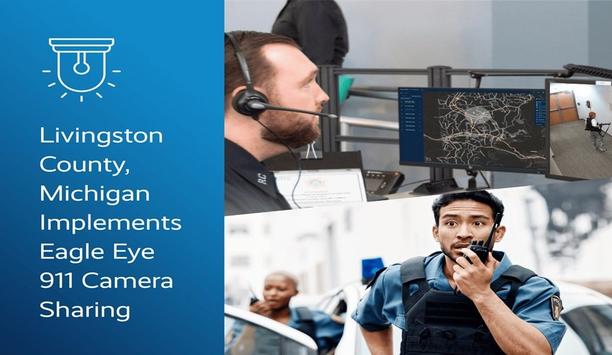 |
| Gentec's Stratocast is designed to meet the requirement of a reliable and cost-effective video surveillance solution |
Genetec™, a leading provider of unified IP security solutions recently announced new features and a reduced pricing plan for Stratocast™, its cloud-based video surveillance-as-a-service (VSaaS), powered by the Microsoft Azure cloud-computing platform. Stratocast is designed to meet the needs of small and midsized businesses that require a reliable and cost-effective video surveillance solution without the expenses and complexities typically associated with installing and managing on-premise surveillance systems. The new features and pricing model are expected to be available mid-April 2014, including support for multi-channel encoders, a health-monitoring dashboard, integrator branding options, and geo-redundant storage. Genetec demonstrated Stratocast at ISC West 2014 (Sands Expo & Convention Center, Las Vegas - Booth #23027).
Reduced monthly service costs
Following the recent price reduction of Microsoft Azure storage costs, Genetec is extending the savings to its customers by lowering the price of its Stratocast annual subscriptions by as much as 20 percent.
"Since introducing Stratocast to the market in 2013, the global adoption of cloud-based services has grown in volume and demand, allowing large public cloud infrastructure providers like Microsoft Azure to reduce the cost of cloud-based storage as their system volume and efficiency increased,” said Christian Morin director of the Stratocast product group at Genetec. “We’re pleased to pass these savings on to our Stratocast customers and invite new customers to take advantage of new features and an even-more-affordable cloud-based VMS," said Morin.
New feature details
Genetec is extending the savings to its customers by lowering the price of its Stratocast annual subscriptions by as much as 20 percent. |
- Support for Axis multi-channel encoders will allow customers to easily migrate their analog system to Stratocast, while still preserving their investment in existing analog cameras that continue to be serviceable.
- A new health monitoring dashboard will provide warnings of system events and information about the client and cameras that are affected, allowing channel partners to monitor and facilitate rapid troubleshooting and remote assistance.
- Geo-redundancy in Stratocast provides an advanced failover mechanism in the unlikely event of a failure at the primary datacentre location. This option provides a greater level of resiliency and redundancy by seamlessly replicating recordings to a secondary datacentre hundreds of miles away from a user's primary location, while remaining within the same region.
- In-app branding allows Stratocast Partners to add their logo within the Stratocast client, as well as customise their Stratocast landing page to increase their company’s visibility to end users.


















